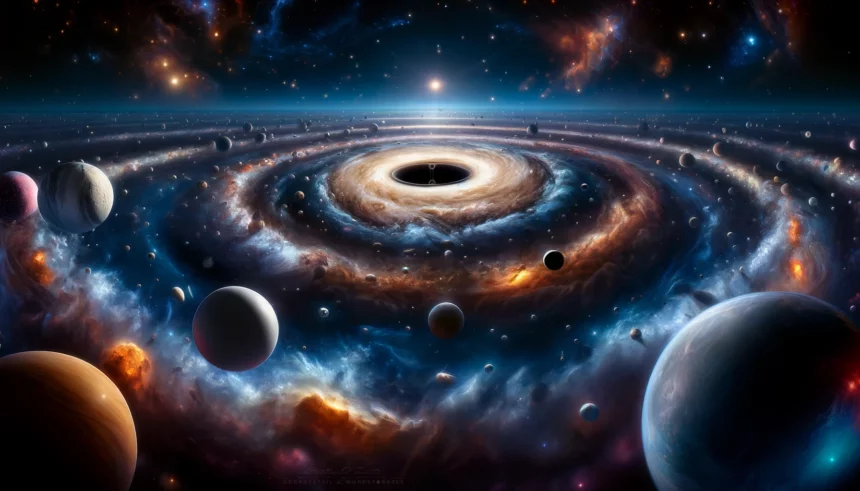The night sky has always been a source of fascination. From the tiny twinkling stars to the vast, mysterious expanse, it prompts us to question what lies beyond. At NASA’s Jet Propulsion Laboratory (JPL), scientists and engineers are working tirelessly using advanced technology to explore these cosmic questions.
Telescopes and space observatories, some of which are managed by JPL, allow us to look back in time and space, observing stars and galaxies as they existed billions of years ago. These observations help us understand celestial bodies in their early stages, long before their light reaches our planet.
The Voyager spacecraft, managed by JPL for over four decades, continue to communicate with Earth, powered by just a tiny amount of energy. These spacecraft have traveled past our solar system’s giant planets and entered interstellar space—the area beyond the sun’s influence—making them the first human-made objects to venture into this unknown.
The universe is home to some truly strange phenomena. Giant black holes, massive stars that become supernovas, and incredibly dense neutron stars are just a few. JPL’s missions have provided valuable data and breathtaking images of these cosmic wonders. Looking ahead, JPL aims to delve deeper into the secrets of dark matter and dark energy, which are key to understanding the universe’s structure and future. Dark matter, invisible yet making up most of the universe’s mass, forms the structure of galaxies, while dark energy, comprising most of the universe’s energy, could explain its ultimate fate.
Through its ongoing research and exploration, JPL continues to unlock the mysteries of the universe, helping us understand the grandeur of the cosmos that captivates our gaze night after night.
















